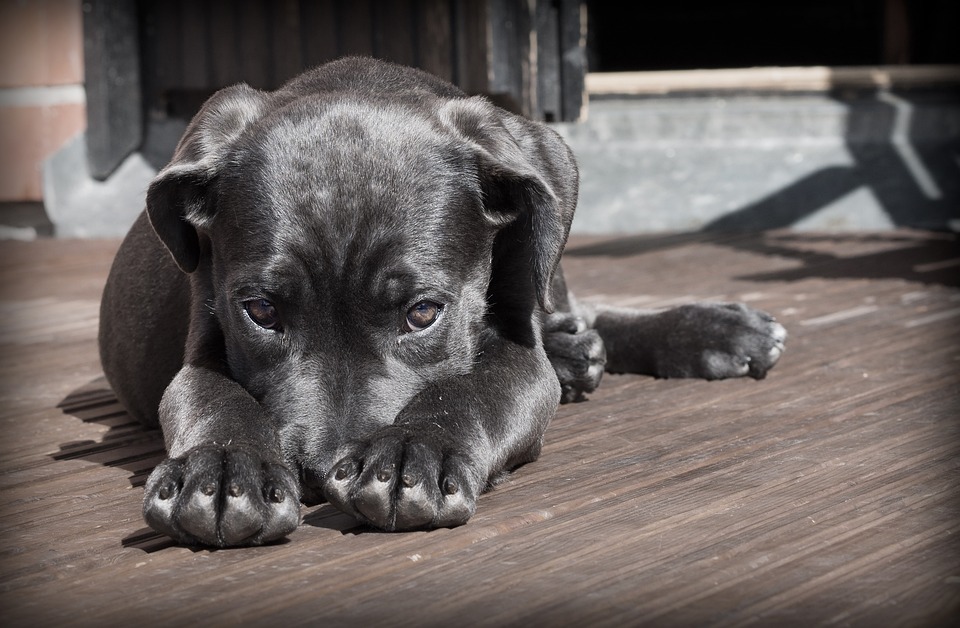Training a hunting dog is crucial for both safety and success during hunting expeditions. Not only does it enhance safety and hunting efficiency, but it also builds a stronger bond between the dog and its owner. Whether you are a seasoned hunter or a beginner, understanding the basics of training your hunting dog is essential.
The first step in training your hunting dog is understanding the importance of it. Training enhances safety during hunting trips by ensuring that your dog responds to commands and avoids dangerous situations. It also increases hunting efficiency by teaching your dog to track scents, retrieve game, and work alongside you as a team. Additionally, training your hunting dog helps build a strong bond with your dog, as you work together towards a common goal.
Selecting the right hunting dog breed is also crucial. Considerations when choosing a hunting dog breed include the type of game you will be hunting, the dog’s size and energy level, and its trainability. Popular hunting dog breeds include Labrador Retrievers, German Shorthaired Pointers, and Beagles, each with their own unique characteristics suited for hunting.
Socializing your hunting dog is an important step in training. Introducing your dog to different environments and people helps them become comfortable and confident in various hunting scenarios. Encouraging positive interactions with other animals is also important, as it teaches your dog to focus on the game and not be distracted by other animals. Basic obedience training and commands should also be taught during this stage to establish a foundation for further training.
Developing essential hunting skills comes next. This includes scent training, where you introduce your dog to different scents and teach them to track scents specific to the game you will be hunting. Retrieval training is essential for waterfowl hunting, as it teaches your dog to retrieve game from the water. These skills are the foundation for advanced hunting skills and techniques.
Advanced hunting skills and techniques include advanced scent training for specific game, off-leash training for greater freedom and control, and teaching your dog to point and flush game. These skills require practice and consistency to master, but they greatly enhance your hunting experience.
Having the right tools and equipment is important for training your hunting dog. Appropriate collars, leashes, and harnesses should be used to ensure the safety and control of your dog. Training aids such as decoys and scent dummies can be used to simulate hunting scenarios and reinforce training. GPS tracking devices can also be used for added safety and peace of mind during hunting trips.
Troubleshooting common training issues is also important. Overcoming distractions and maintaining focus, addressing fear or aggression towards game, and dealing with stubbornness or lack of motivation are all common challenges that may arise during training. Patience, consistency, and positive reinforcement techniques are key to overcoming these challenges.
Maintaining and reinforcing training is crucial for long-term success. Consistency in training sessions, regular practice, and reinforcement of learned skills, and continuous socialization are all important for maintaining a well-rounded hunting dog.
In conclusion, training your hunting dog is a rewarding experience that benefits both you and your loyal companion. By following this step-by-step guide and understanding the basics of training, you can develop a skilled and well-behaved hunting dog. Remember to be patient, consistent, and reward your dog’s progress. Happy hunting!









